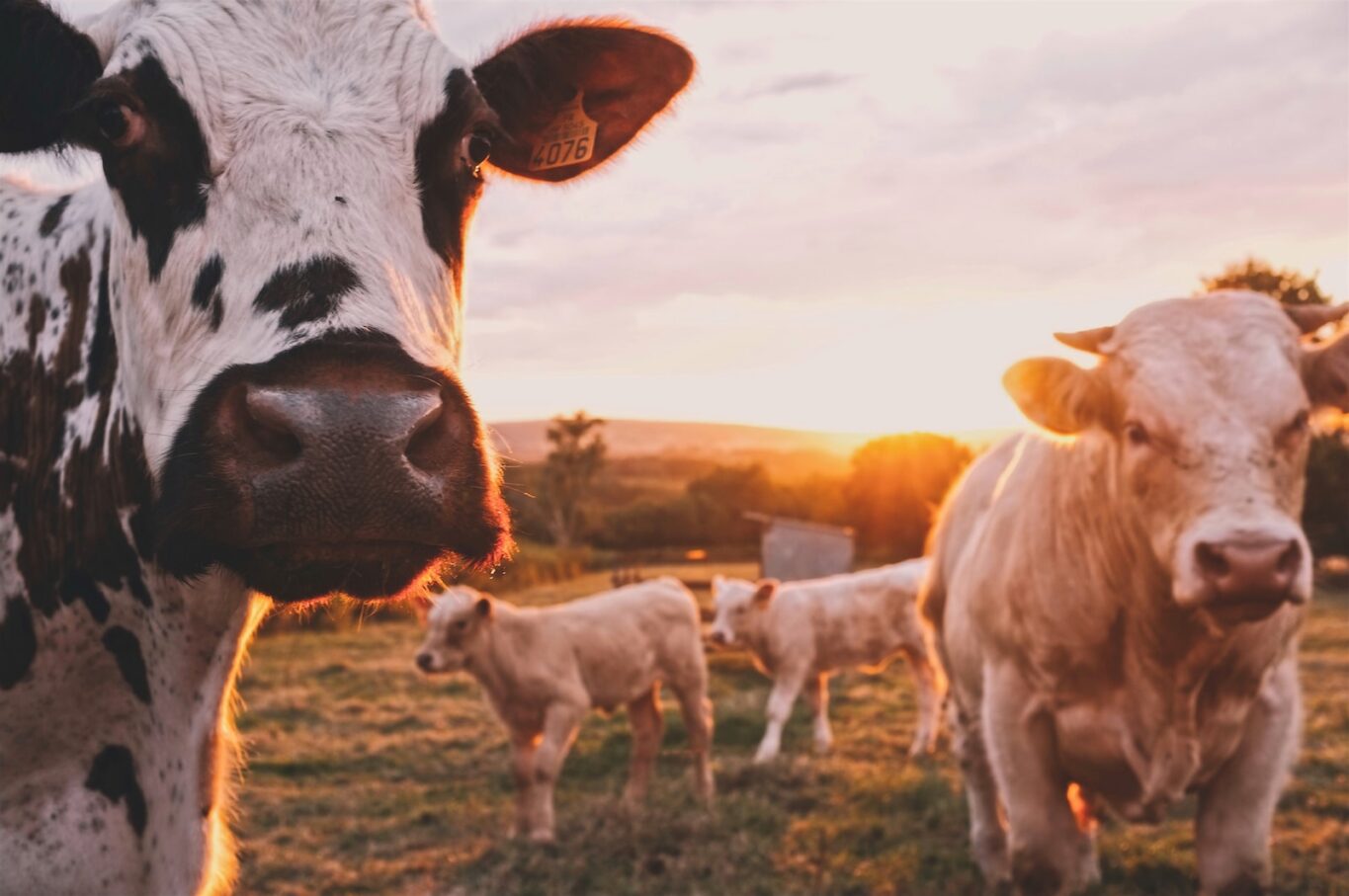I may get commissions for purchases made through links in this post. This helps me to offer you free recipes and blog posts.
Regenerative farming is a type of agricultural practice that focuses on rebuilding and revitalizing the soil, rather than just maximizing crop yields. It involves using a variety of techniques to improve the health and resilience of the soil, such as cover cropping, crop rotation, reduced tillage, and the use of compost and other organic matter.
One of the key principles of regenerative farming is to mimic the natural processes that occur in healthy ecosystems, where plant roots, microbes, and other soil organisms work together to create a diverse and thriving community. This helps to build soil structure, increase water retention, and support a wide range of beneficial insects and other wildlife.
By using these and other regenerative practices, farmers can reduce their reliance on synthetic inputs such as pesticides and fertilizers, and improve the overall sustainability and resilience of their farm operations.
There are many different techniques that can be used in regenerative farming, and the specific practices that are most appropriate will depend on the specific conditions and resources available on a given farm.

Here are a few examples of common regenerative farming practices:
- Cover cropping: Planting cover crops, such as legumes or grasses, can help to add organic matter to the soil, suppress weeds, and improve soil structure and water retention.
- Crop rotation: Rotating the types of crops grown in a field from year to year can help to reduce pest and disease pressure, and can also improve soil fertility by adding diverse types of organic matter to the soil.
- Reduced tillage: Minimizing the amount of tillage (plowing and other soil disturbance) can help to preserve the structure and health of the soil, and can also reduce erosion and the release of carbon dioxide into the atmosphere.
- Composting: Using compost or other organic matter to enrich the soil can help to improve soil structure, water retention, and nutrient availability.
- Integrated pest management: Using a combination of natural predators, cultural controls (such as crop rotation), and selective use of pesticides can help to reduce the reliance on synthetic chemicals and improve the overall health of the ecosystem.
- Animal integration: Using animals, such as cattle or chickens, in a rotational grazing system can help to add organic matter to the soil, control weeds, and improve soil health.
- Planting diversity: Planting a variety of crops, including both annuals and perennials, can help to improve soil health and increase the diversity of the ecosystem.
- Water management: Using techniques such as mulching, contour planting, and the construction of swales (small channels) can help to conserve water and reduce erosion.
- Diverse landscape: Creating a diverse landscape, including a mix of fields, pastures, wooded areas, and other habitats, can help to support a wide range of wildlife and improve the overall health of the ecosystem.
- Holistic management: Using a holistic, systems-based approach to decision-making can help farmers to consider the long-term health and resilience of their land and resources, rather than just maximizing short-term profits.
Overall, the goal of regenerative farming is to create a self-sustaining system that is able to meet the needs of the farm and its community, while also preserving and enhancing the natural resources on which it depends.
